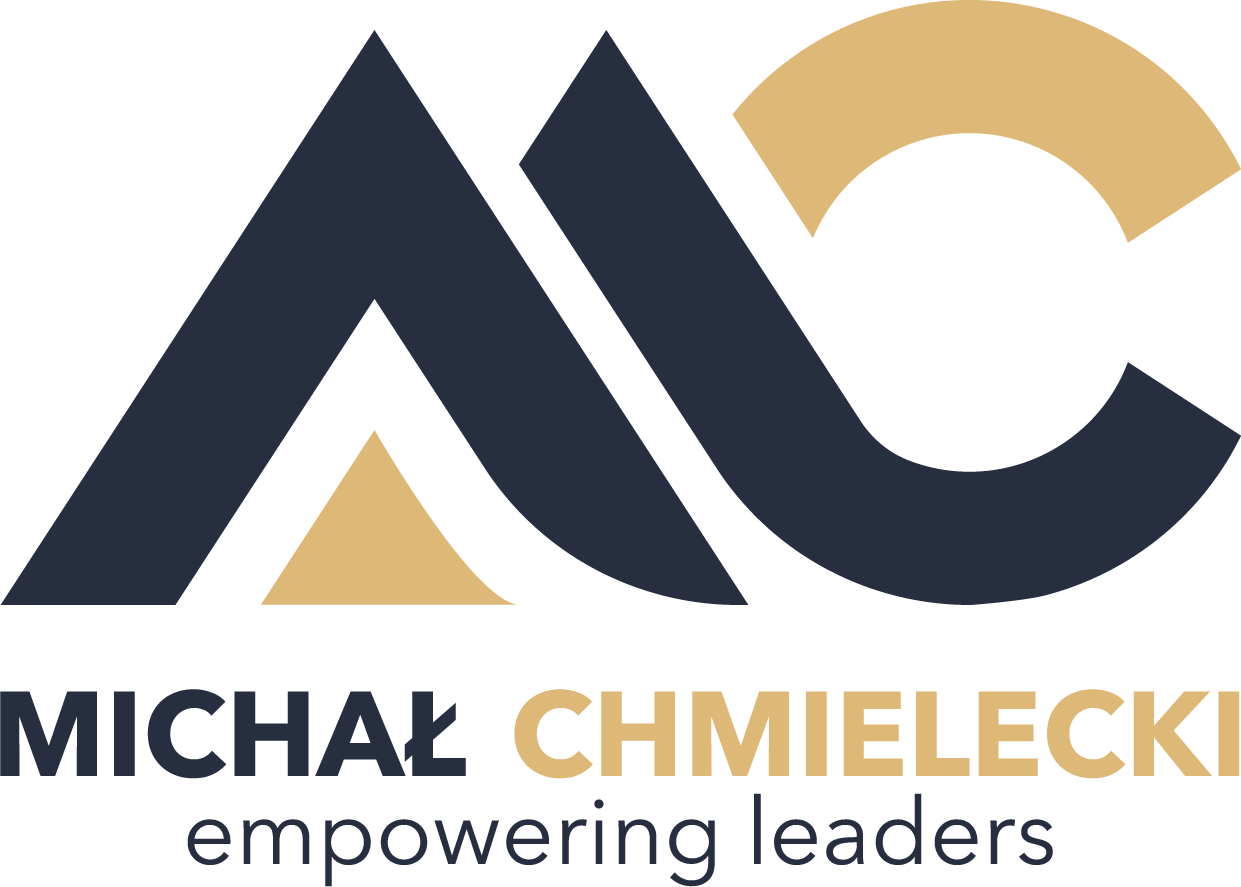Emotional Agility: Turning Pressure Into Performance in Business Negotiations
Negotiation is one of the most emotionally charged arenas in business.
Deadlines, expectations, and high stakes can turn even the most prepared professional into a bundle of nerves.
Yet, top negotiators share one key skill that sets them apart — emotional agility.
It’s the ability to stay mentally flexible, composed, and strategic under pressure, transforming emotional energy into clarity and performance.
In the modern business landscape, where adaptability is everything, emotional agility has become an essential part of negotiation success.
What Is Emotional Agility?
Coined by psychologist Susan David, emotional agility refers to how effectively you navigate your thoughts and emotions — rather than being controlled by them.
In negotiation, it means you can:
Recognize your emotional reactions in real time.
Adjust your behavior and tone strategically.
Stay focused on long-term outcomes instead of short-term impulses.
Emotional agility allows you to lead conversations instead of being led by them.
Why Emotional Agility Outperforms Emotional Suppression
Many professionals make the mistake of believing they must hide or suppress emotion to appear strong.
But neuroscience shows that suppressing emotions increases stress and reduces cognitive clarity.
Agility, by contrast, means acknowledging emotions — then using them as information.
For example:
Frustration might signal that a boundary is being tested.
Anxiety could indicate uncertainty about your preparation.
Excitement might highlight genuine opportunity.
Emotion, when managed skillfully, becomes data — not distraction.
The Role of Emotional Agility in High-Stakes Negotiations
In complex, high-pressure negotiations, emotional agility helps you:
Stay Grounded: You don’t overreact to tension or provocation.
Think Creatively: You adapt to new information without losing direction.
Maintain Influence: You project confidence even when outcomes shift.
Build Trust: You respond with calm empathy, not impulsive emotion.
Emotionally agile negotiators thrive where others freeze or falter. They convert intensity into focus and pressure into performance.
The Four Stages of Emotional Agility
Emotional agility is a process you can learn and refine. It evolves through four key stages:
1. Recognize
Become aware of your emotions as they occur.
Labeling emotions — frustration, fear, excitement — helps activate your logical mind and reduces their intensity.
2. Accept
Instead of judging your emotions, accept them as valid human reactions.
Acceptance doesn’t mean approval; it means clarity.
It gives you the distance to respond intelligently rather than impulsively.
3. Detach
You are not your emotions.
Detachment allows you to observe your feelings without being consumed by them.
In negotiation, this helps you maintain professionalism even when challenged.
4. Take Purposeful Action
Once you’ve recognized, accepted, and detached, you can act intentionally.
You respond with strategy — not instinct — turning emotion into a leadership tool.
Practical Techniques for Building Emotional Agility
1. Name What You Feel
Putting words to emotions (“I’m feeling pressured”) reduces their power.
It shifts brain activity from the emotional center (amygdala) to the rational center (prefrontal cortex).
2. Use Breathing to Reset
Deep, steady breathing activates the body’s calming system and restores mental clarity during tense exchanges.
3. Reframe Pressure as Opportunity
Pressure is often perception. By reframing challenges as opportunities to demonstrate skill, you convert stress into focus.
4. Reflect After Every Negotiation
Post-analysis strengthens emotional agility.
Ask: What triggered me? How did I respond? What can I do better next time?
Reflection turns every experience into growth.
Emotional Agility and Leadership Influence
Leaders with emotional agility don’t just perform better under pressure — they make others feel safe to do the same.
Their calm presence encourages openness, reduces defensiveness, and fosters creativity.
Teams led by emotionally agile leaders adapt faster, resolve conflict more effectively, and sustain higher performance under stress.
Mentorship and Emotional Agility Development
Emotional agility isn’t innate — it’s developed through awareness, reflection, and guidance.
Working with an experienced mentor can help you identify emotional blind spots, strengthen composure, and apply these principles in real negotiations.
To learn how to build emotional agility, composure, and influence in business, explore the professional mentorship programs available at https://www.michalchmielecki.com/negotiation-mentor.
This resource offers practical, psychology-backed tools for mastering the mental and emotional side of negotiation.
Turning Pressure Into Power
Emotion is inevitable — but reactivity is optional.
By training emotional agility, you learn to manage pressure with grace, confidence, and intention.
You don’t resist emotions; you redirect them toward progress.
In high-stakes negotiations, the calmest mind often wins — not because it feels less, but because it feels smarter.
Final Thoughts
Emotional agility is the bridge between emotional intelligence and peak performance.
It allows you to stay adaptable, compassionate, and in control — even in the most intense business situations.
The most successful negotiators don’t eliminate emotion; they harness it.
They turn uncertainty into strategy, pressure into clarity, and emotion into influence.
To begin building this skill set and elevate your negotiation presence, visit https://www.michalchmielecki.com/negotiation-mentor — and discover how to transform emotional awareness into business strength.
